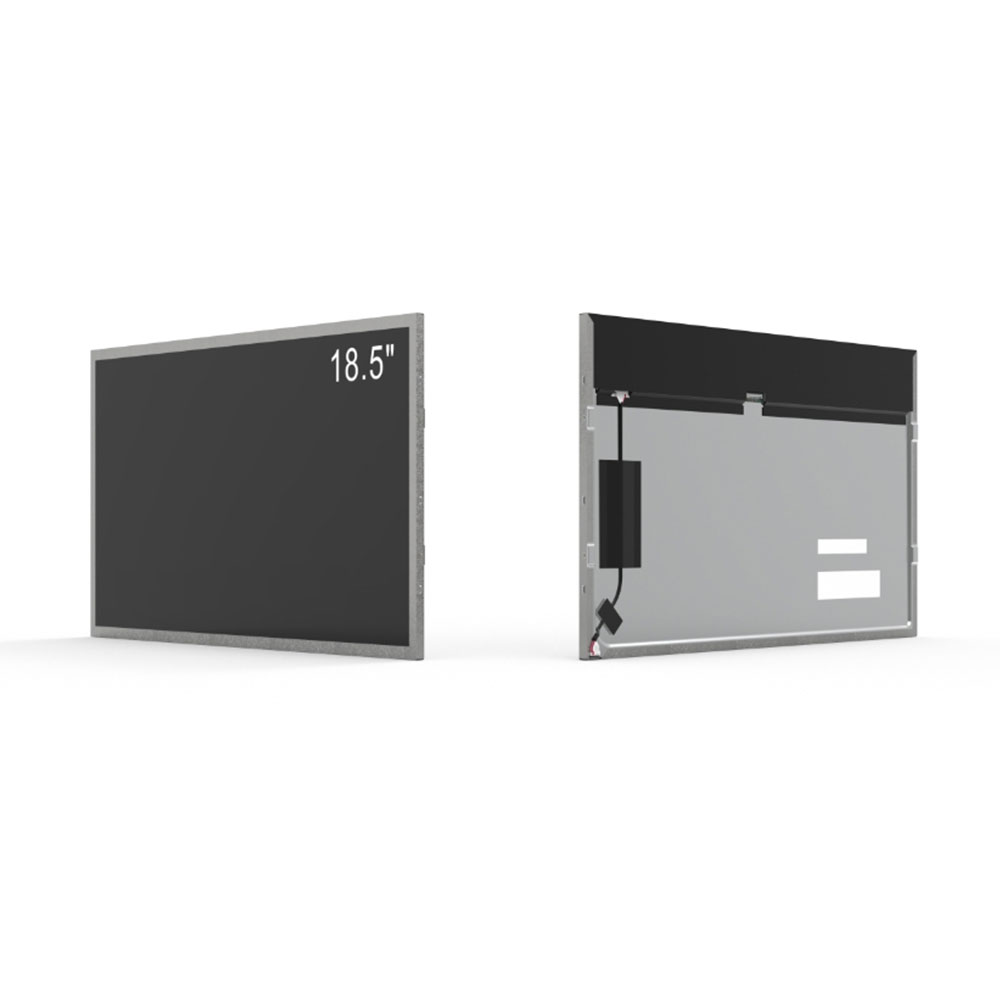- Home
- About Us
- Products
- News
- Video
- Contact
- Send Inquiry
Search
- Home
- About Us
- Products
- News
- Video
- Contact
- Send Inquiry

Outdoor LCD screens are engineered to withstand extreme weather conditions, high brightness requirements, and prolonged exposure to sunlight—making them indispensable in public transportation, retail kiosks, digital signage, and industrial monitoring systems. As an experienced outdoor display engineer with over a decade of field deployment across North America, Europe, and Asia, I have witnessed firsthand how design choices directly impact reliability, visibility, and long-term ROI.
A key factor in successful outdoor LCD performance is luminance. Industry standards such as ANSI/IES RP-16 recommend a minimum of 5,000 nits for direct sunlight applications, but real-world deployments often require 7,000–10,000 nits to ensure readability under peak solar irradiance. Our team at [Company Name] routinely tests panels using the ASTM D2244 standard for color consistency under varying temperatures (−30°C to +60°C), confirming that only premium-grade LED backlights and advanced diffuser films can maintain both contrast ratio and uniformity.
Another critical aspect is environmental sealing. IP65-rated enclosures protect against dust ingress and water splashing, while IP68 versions are essential for coastal or marine installations where salt corrosion is a concern. We’ve seen failure rates drop by over 60% when using aluminum die-cast frames with silicone gaskets instead of plastic housings—a lesson learned from a failed deployment in Dubai’s desert climate.

Thermal management cannot be overlooked. Unlike indoor displays, outdoor units must dissipate heat through passive convection and active cooling systems like fans or heat pipes. At 35°C ambient temperature, we’ve measured internal panel temperatures exceeding 65°C without proper ventilation—leading to premature pixel degradation. Implementing intelligent thermal sensors with automatic brightness adjustment reduces power consumption by up to 30% while extending lifespan.
Finally, maintenance access matters. Remote diagnostics via Ethernet or cellular modules allow for predictive maintenance, reducing downtime by 40%. Case studies from New York City subway stations show that screens equipped with built-in self-test features cut service calls by nearly half compared to non-intelligent models.
In summary, deploying robust outdoor LCDs requires more than just high-brightness panels—it demands a holistic understanding of materials science, thermodynamics, and user behavior. By aligning technical specs with real-world constraints, businesses can achieve both operational efficiency and brand visibility in even the harshest environments.